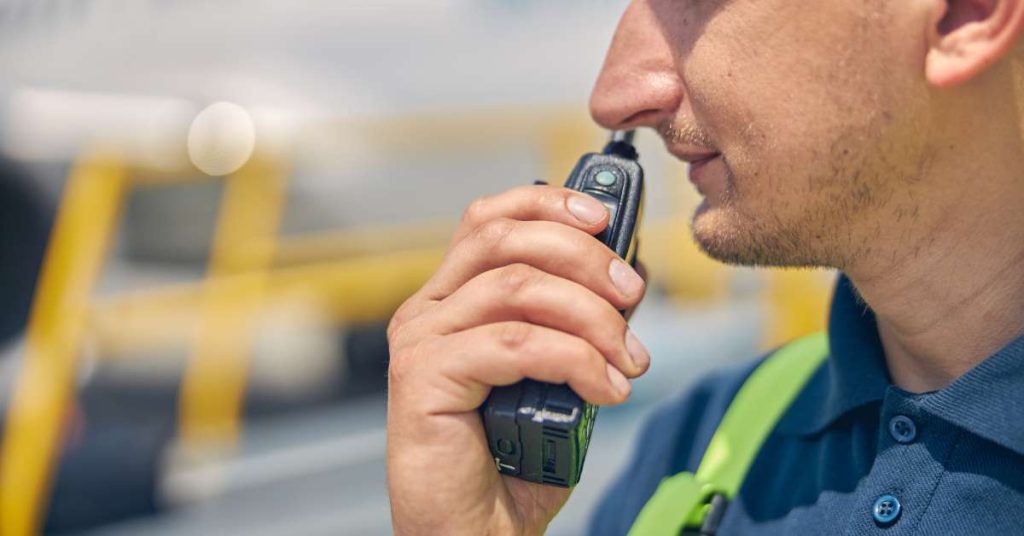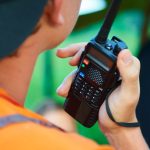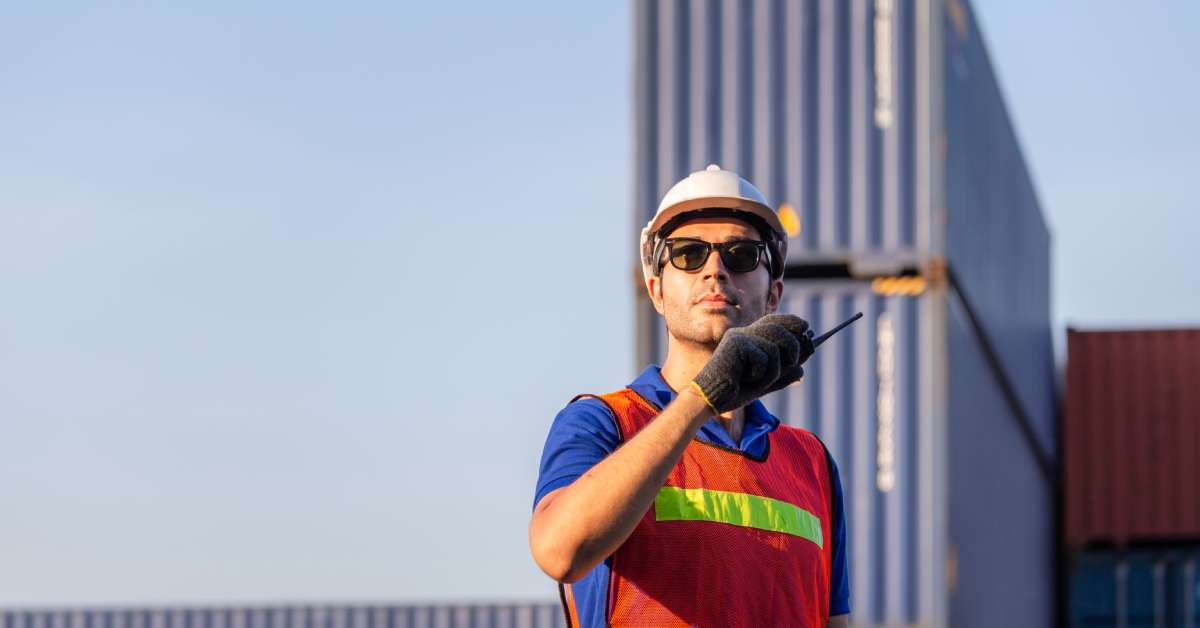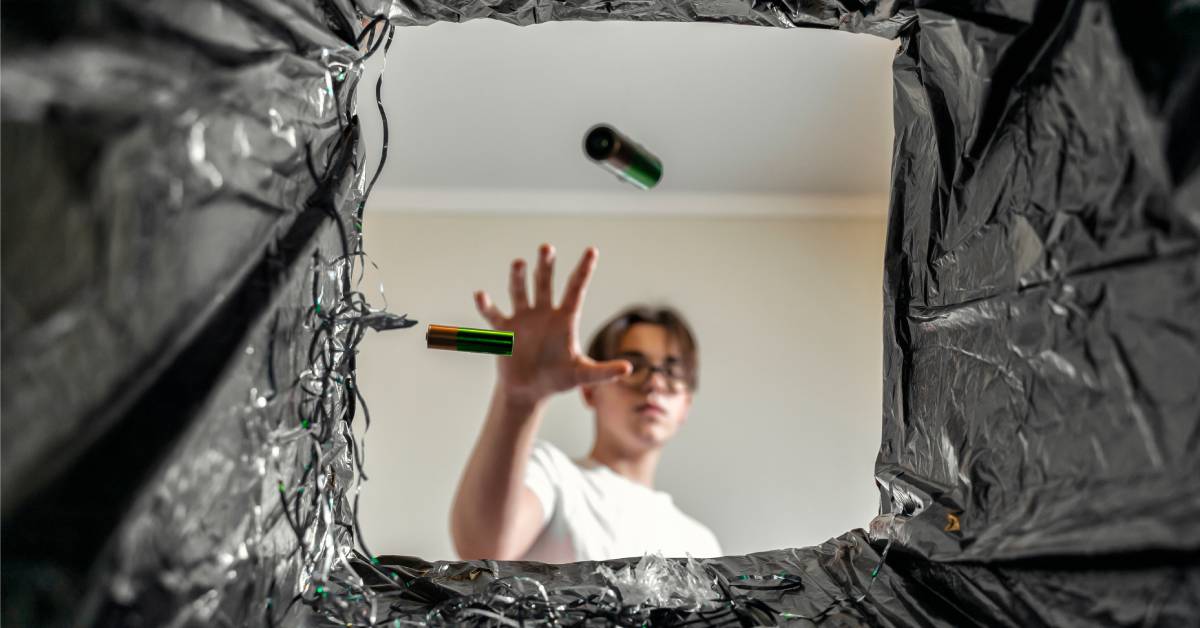Imagine being in the middle of a critical situation where reliable communication is a matter of life and death. Whether you’re a firefighter tackling a blazing inferno or a construction worker on a high-rise building, clear and instant communication is crucial during emergencies. This is where two-way radios come into play.
Unfortunately, the reliability of these devices hinges largely on the health of their batteries. We’ll explore why quality two-way radio batteries are crucial for ensuring safety in various industries.
The Role of Two-Way Radios in Safety
Two-way radios serve as essential tools in many safety-critical environments. These devices facilitate instant communication, enabling quick decision-making and coordinated efforts. They’re indispensable in situations where every second counts, such as during search and rescue missions, natural disasters, and large-scale events.
In the public safety sector, two-way radios allow police officers, firefighters, and paramedics to communicate seamlessly, ensuring that they can respond to incidents efficiently and effectively. In industrial settings, these radios help teams maintain safety protocols, report hazards, and coordinate tasks, thereby minimizing accidents and improving overall safety.
Understanding Two-Way Radio Batteries
Two-way radio batteries come in various types, each with its own set of characteristics that affect performance. The most common cells produced today include nickel-cadmium (NiCd), nickel-metal hydride (NiMH), and lithium-ion (Li-ion) batteries. Each type has its own advantages and drawbacks, from weight and capacity to charging time and lifespan.
- NiCd batteries offer durability and a strong ability to perform well in extreme temperatures, but they suffer from the “memory effect,” which can reduce their capacity over time.
- NiMH batteries offer higher capacity than NiCd batteries and are less prone to the memory effect. However, they are more sensitive to temperature changes.
- Li-ion batteries are lightweight and have a high energy density, making them ideal for prolonged use. They also have a longer lifespan compared to NiCd and NiMH batteries.
Understanding the type of battery that best suits your needs is the first step in ensuring reliable performance. But even the best batteries can falter if they are of low quality.

Challenges With Low-Quality Batteries
Low-quality batteries can introduce a range of issues that compromise the effectiveness of two-way radios. Here are some things to watch out for.
Reduced Battery Life
One common problem is reduced battery life, which means frequent recharges and potential downtime during critical operations. Imagine an emergency responder’s radio dying in the middle of a rescue operation. That’s a risk no one can afford.
Inconsistent Performance
Another issue is inconsistent performance. Low-quality batteries may not deliver a stable power output, leading to poor signal quality and dropped communications. This unreliability can make it impossible to maintain clear and continuous contact, putting safety at risk.
Physical Defects
Additionally, low-quality batteries are more likely to experience physical defects such as leaks or swelling. These defects shorten the lifespan of the battery and can damage the radio itself, leading to costly repairs or replacements.

Benefits of Quality Two-Way Radio Batteries
Investing in high-quality batteries for two-way radios offers numerous benefits that directly impact safety and performance.
Reliable and Consistent Power
Quality batteries provide reliable and consistent power, ensuring that your radio functions optimally at all times. This reliability is crucial in emergencies where uninterrupted communication is essential.
Longer Life
High-quality batteries also have a longer lifespan, reducing the need for frequent replacements. This saves money in the long run and minimizes the risk of downtime during critical operations. Longer-lasting batteries mean that your team can focus on their tasks without worrying about recharging or replacing batteries regularly.
Improved Safety
Finally, quality batteries often have safety features that protect against overcharging, overheating, and short-circuiting. These features enhance the overall safety of the device, preventing potential hazards that could arise from battery malfunctions.
Tips for Finding Quality Two-Way Radio Batteries
When it comes to sourcing quality two-way radio batteries, there are several key factors to consider. Here are some useful tips to guide your search.
Choose Reputable Brands
Look for batteries from well-known manufacturers that specialize in two-way radio components. Established brands often have a history of reliability and performance.
Check Compatibility
Ensure that the battery you select is compatible with your specific radio model. Refer to the manufacturer’s specifications and recommendations to avoid issues with fit and function.
Read Reviews and Testimonials
Take the time to read customer reviews and testimonials. Feedback from other users can provide insight into the battery’s performance, reliability, and durability in real-world conditions.
Evaluate Warranty and Return Policies
Look for batteries that come with a warranty or satisfaction guarantee. This offers peace of mind and protects you in the case of defects or performance issues.
Compare Price and Quality
While it may be tempting to opt for the cheapest option, consider the overall value. High-quality batteries may come at a higher initial cost, but they can save you money and enhance safety in the long run.
If you’re uncertain, consider seeking advice from industry professionals or colleagues who have experience with two-way radio batteries. Their recommendations can lead you to reliable products.
Best Practices for Battery Maintenance
Even the best batteries require proper maintenance to ensure they perform consistently and last as long as possible. Here are some best practices to keep in mind:
- Avoid letting the battery drain completely before recharging. Frequent full discharges can shorten the battery’s lifespan.
- Store batteries in a cool, dry place when not in use. Extreme temperatures can affect their performance and longevity.
- Use chargers designed for your specific battery type to prevent overcharging, as that can damage the battery, limiting its operational life.
- Check the cell for potential damage, such as swelling or leaks, and replace it immediately if you find any issues.
- If you have multiple batteries, rotate between them to ensure even wear and prolong their overall lifespan.
By following these best practices, you can maximize the performance and lifespan of your two-way radio batteries, ensuring reliable communication when it matters most.
Keeping Communication Channels Alive
Reliable communication is a critical component in many industries. Quality two-way radio batteries are crucial for safety, but their effectiveness depends heavily on various factors. Investing in high-quality batteries ensures reliable performance, longevity, and cost-effectiveness, ultimately enhancing safety and operational efficiency.
If you don’t want to compromise on safety, choosing quality two-way radio batteries can make a huge difference. At Battery Distributors, our range of high-quality battery options will keep your communication devices running smoothly and effectively. A Motorola XPR 6550 battery is the perfect fit for emergency crews who want to ensure their team stays connected and safe, no matter the circumstances.










2 thoughts on “Why Quality Two-Way Radio Batteries Are Crucial for Safety”